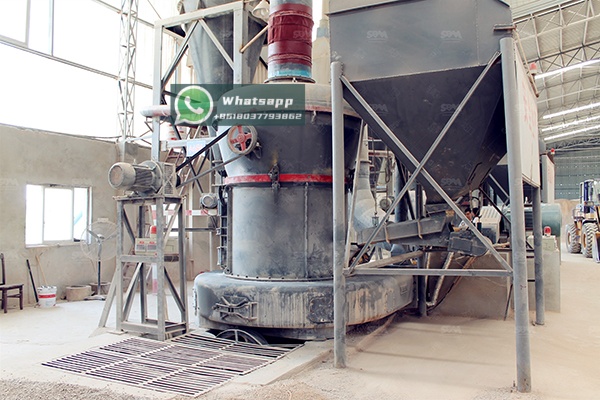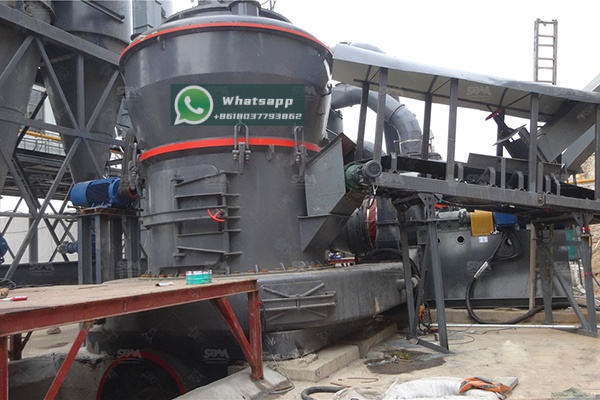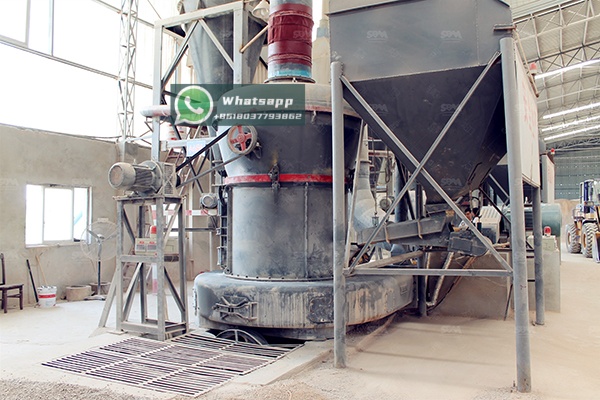The refractory and steel industries represent two of the most demanding sectors in modern manufacturing, requiring materials of exceptional purity, consistency, and thermal stability. At the heart of many of their production processes lies dolomite, a calcium magnesium carbonate mineral. When processed into a fine, controlled powder, dolomite becomes an indispensable raw material for lining refractory bricks and acting as a fluxing agent in steelmaking. The efficiency and quality of this powder production are directly dependent on the grinding technology employed. This article explores the critical role of dolomite powder and examines why Raymond Mill technology, particularly advanced models from industry leaders like Shanghai Zenith Machinery Co., Ltd., is the optimal solution.
Dolomite’s unique chemical composition (CaMg(CO₃)₂) grants it properties that are highly valued in high-temperature applications.
The transformation of raw dolomite rock into this valuable powder hinges on a crucial piece of equipment: the industrial grinding mill.

While several grinding mill options exist, the Raymond Mill has stood the test of time due to its specific advantages for processing moderately hard, non-flammable, and non-explosive materials like dolomite.
Shanghai Zenith Machinery Co., Ltd. is an excellent manufacturer of ore grinding equipment in China, and has made great achievements in the field of ultra-fine powder grinding. We are specialized in the research, development, and production of industrial powder grinding equipment and other related devices. While we offer a comprehensive portfolio of grinding solutions, our Raymond Mill series represents a perfect blend of traditional reliability and modern innovation.
For processing dolomite for the refractory and steel industries, we highly recommend our YGM4121 Raymond Mill. This model is engineered for higher capacity and finer output, making it an ideal workhorse for large-scale industrial applications.
| Model | Roller Quantity (pcs) | Max.Feed Size (mm) | Discharging Size (mm) | Capacity (t/h) |
|---|---|---|---|---|
| YGM4121 | 5 | 30 | 1.6-0.045 | 5-11 |
The YGM4121, with its five grinding rollers, provides a larger grinding area and higher pressure on the material, resulting in a superior throughput of 5 to 11 tons per hour. Its ability to produce powder from 1.6mm down to 0.045mm (approx. 325 mesh) covers the entire spectrum of fineness required for both refractory and fluxing applications. This model exemplifies Zenith’s commitment to energy saving and environmental protection, offering high grinding efficiency and high economic profits for our clients.

For projects demanding even higher fineness or specialized processing, Zenith’s expertise extends beyond traditional Raymond Mills. Our MTW Trapezium Grinding Mill is a stellar example of an evolved design that incorporates multiple patents. It features a curved surface shovel, which increases grinding efficiency, and an internal efficient turbo-classifier for more precise powder separation. The MTW series is known for its compact structure, long service life, and eco-friendly design.
For instance, the MTW215G model can handle feed sizes up to 50mm and deliver a massive capacity of 15-45 tons per hour, making it suitable for mega-projects where dolomite powder production is on a colossal scale.
The production of high-quality dolomite powder is a non-negotiable requirement for the refractory and steel industries. The choice of grinding mill directly impacts product quality, operational cost, and plant efficiency. The Raymond Mill, with its proven track record, remains a superior choice for this application. Shanghai Zenith Machinery Co., Ltd. enhances this legacy with our robust and efficient Raymond Mill series, particularly the high-capacity YGM4121 model, and offers advanced alternatives like the MTW Trapezium Mill for specific needs. By partnering with Zenith, industries gain access to reliable, high-performance grinding technology that forms a solid foundation for their critical manufacturing processes.
